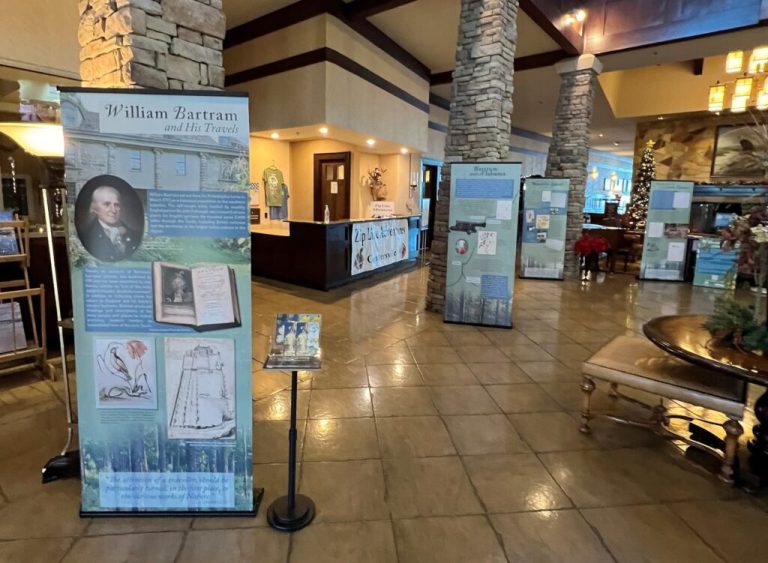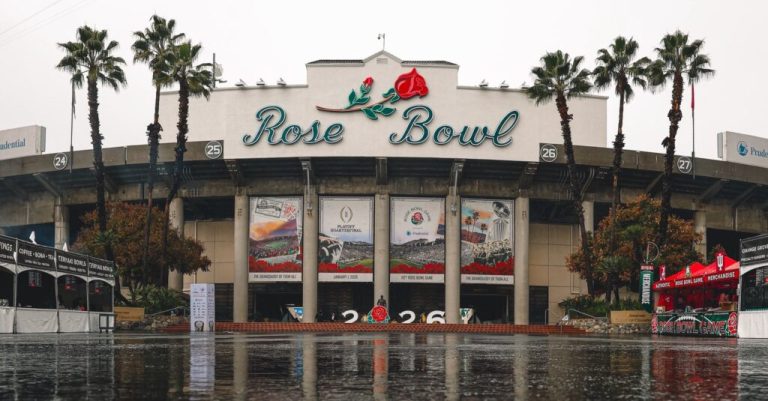Reviewed by: Sharron Swain
You’ll find these 31 amazing plants only in Alabama [PHOTOS]
Reading time: 7 minutes
Sponsored

Fun fact: According to Dr. Brian Keener, University of West Alabama professor in Botany and Director of the Alabama Plant Atlas, the state of Alabama is the center of diversity in the U.S. for the following plant groups:
- Sunflowers
- Trees, including:
- Native bamboo
- Oaks
- Woody vines
That’s right, we rank number one.
And when you count up all the different kinds of flora in Alabama, we have more than 3100 plant species, which ranks us in the top 10 nationally for botanical diversity.
In this series, we are taking an in-depth look at flora and fauna that reside only in Alabama. Our first story focused on fish.
In this edition, we explore 31 one-of-a-kind plants you will not find anywhere else in the world.
Join us.
Greatest rare plant discovery in North American history

Imagine discovering eight plants in one place found nowhere else on Earth.
In the late 1990s, Jim Allison, a noted botanist from Georgia, was searching for a rare plant called the Georgia Rockcress.
While canoeing the Little Cahaba in Bibb County, Allison saw slopes on some hills above the river. He noticed grasslands that appeared to be open, not from agricultural practices—but from natural causes. He decided to explore, and that’s when he came upon the Ketona Dolomite Glades (commonly called the Bibb County Glades).
Within the series of glades, he discovered eight plants previously unknown to science.
They are:
- Cahaba Paintbrush
- Ketona Tickseed
- Alabama Pinkroot
- Cahaba Blazing Star
- Cahaba Prairie Clover
- Cahaba Daisy Fleabane
- Sticky Rosinweed
- Deceptive Marbleseed

How significant was this discovery? Dr. Keener described it this way.
“It is the most significant botanical discovery in North America that has occurred in modern times. Not only are those plants endemic just to Alabama, but they are also endemic to one certain rock formation in one county in Alabama. No other botanical discovery in North America has rivaled the number of new plants being found in one type of habitat.”
Dr. Brian Keener, University of West Alabama
Taking care of the Bibb County Glades

Today, more than two decades after the discovery, The Nature Conservancy, Alabama Chapter, (TNC) has become the caretaker of this special place—Alabama’s own Garden of Eden.
Named the “Kathy Stiles Freeland Bibb County Glades,” after TNC’s first director, the 1000+ acre nature preserve not only protects some of the rarest plants in the world, it has also become a place where the group can show landowners how to enhance and care for the land.

“It’s got so many special habitats. We own the place because of the Glades, but there are other surrounding habitats, including mountain longleaf pine.
We use this as a demonstration area to show private and public landowners what the habitats could look like if they apply prescribed burning to improve the health of the longleaf pine forest surrounding the glades, the aquatic habitats and even cave habitats on the Preserve.”
Chris Oberholster, Director of External Affairs for The Nature Conservancy, Alabama Chapter
Other plants found only in Alabama
Like the flora discovered in Bibb County, each and every one of the plants found only in Alabama has a story.
Here are a few:
Alabama’s three rare wild gingers
Alabama Ginger

The first endemic wild ginger was discovered in Alabama by the legendary botanist Roland Harper in the 1920s. Named Alabama Wild Ginger, the plant is found in three counties, Chilton, Autauga and Elmore..
It is quite similar to the state’s most common wild ginger which is called Little Brown Jug. What makes it different? The flowers are dramatically different, wide open, as opposed to more closed and ‘jug-like’.
Finzel’s Wild Ginger

It took nearly a century to find the next “only in Alabama” ginger—Finzel’s Wild Ginger.
In 2018, high school science teacher and wildflower photographer Brian Finzel snapped a photo from his cellphone of a ginger plant in Marshall County near Guntersville Dam. Initially, the plant looked like the Alabama Wild Ginger, especially its leaves, but it had a different flower.
After all the scientific work was done on the plant, Keener named the species after Finzel to honor his discovery.
Finzel’s Ginger is likely the first plant to be discovered in our state with a cell phone.
Rollins Ginger
It didn’t take long to find a third endemic ginger in Alabama. Gena Todia, a wetlands consultant in South Alabama, always looks for rare plants when she surveys land for development.
From cell phone discoveries to social media, Todia posted a picture on Facebook hoping for an identification from the botanical community. She previously rescued the plant in question from a site in Baldwin County, the precise location lost to time.
Growing happily in her wildflower garden in Fairhope, the plant turned out to be a new species, discovered through social media. The plant has since been rediscovered in the wild but is quite rare.
Thanks to her efforts, Gena got to name the rare ginger after her grandmother—Rollins.
Fern named after conservation heroes

In the 1950s, scientists discovered a fern along a part of the Sipsey River which flows through the Sipsey Wilderness in the Bankhead National Forest. When they first found the fern, it looked like a variety of plants from Mexico.
“Sometimes botanists find things that later research shows to be a distinct species, not a variety. That’s what happened with this one.”
Dr. Brian Keener, University of West Alabama

Because it is found only in the Sipsey Wilderness, the botanists fittingly named the fern Leptogramma burksiorum (Common name: Alabama Streak-Sorus Fern) after Bob and Mary Burks—the couple who led the campaign to create the Sipsey Wilderness in the 1970s.
Discovery of Alabama Cane in Talladega National Forest

Did you know 200 years ago much of Alabama was covered in native grasses and bamboo? Alabama’s newest endemic species is a native bamboo called the Tallapoosa Cane. It was unearthed by Jacksonville State University biology professor Dr Jimmy Triplett.
The addition of this new species of native cane moves Alabama to the top of the list for most kinds of native cane species in the U.S.
Below are the 20 additional plants found only in Alabama
- Tutwiler’s Spleenwort
- Bryson’s Sedge
- Talladega Wild Basil
- Alabama Croton
- Granite Loving Quillwort
- Fleshy Fruit Gladecress
- Old Cahaba Rosinweed
- Pasture Gladecress
- Lyre Leaf Bladderpod
- Alabama Phlox
- Boynton’s Oak
- Alabama Canebrake Pitcher Plant
- Alabama Skullcap
- Alabama Blue-Eyed Grass
- Alabama Hedge Nettle
- Nelson’s Hedge Nettle
- Ketona Yellow Eyed Grass
Gallery below:






Alabama Plant Atlas—gateway to exploring local plants
Want to learn more about Alabama’s endemic plants? The Alabama Plant Atlas is an invaluable asset. Hosted by the Alabama Herbarium Consortium and the University of West Alabama, the website truly is your gateway to learning more about amazing local plants.
Bookmark the site at: floraofalabama.org
Next up
Move over Louisiana—the state of Alabama has more rare and endemic crayfish than the Pelican State. We also have dozens of snails, mussels and other critters that live only in Alabama. For our upcoming third installment, we will introduce you to them all.
Sponsored by:

 4262 views
4262 views


